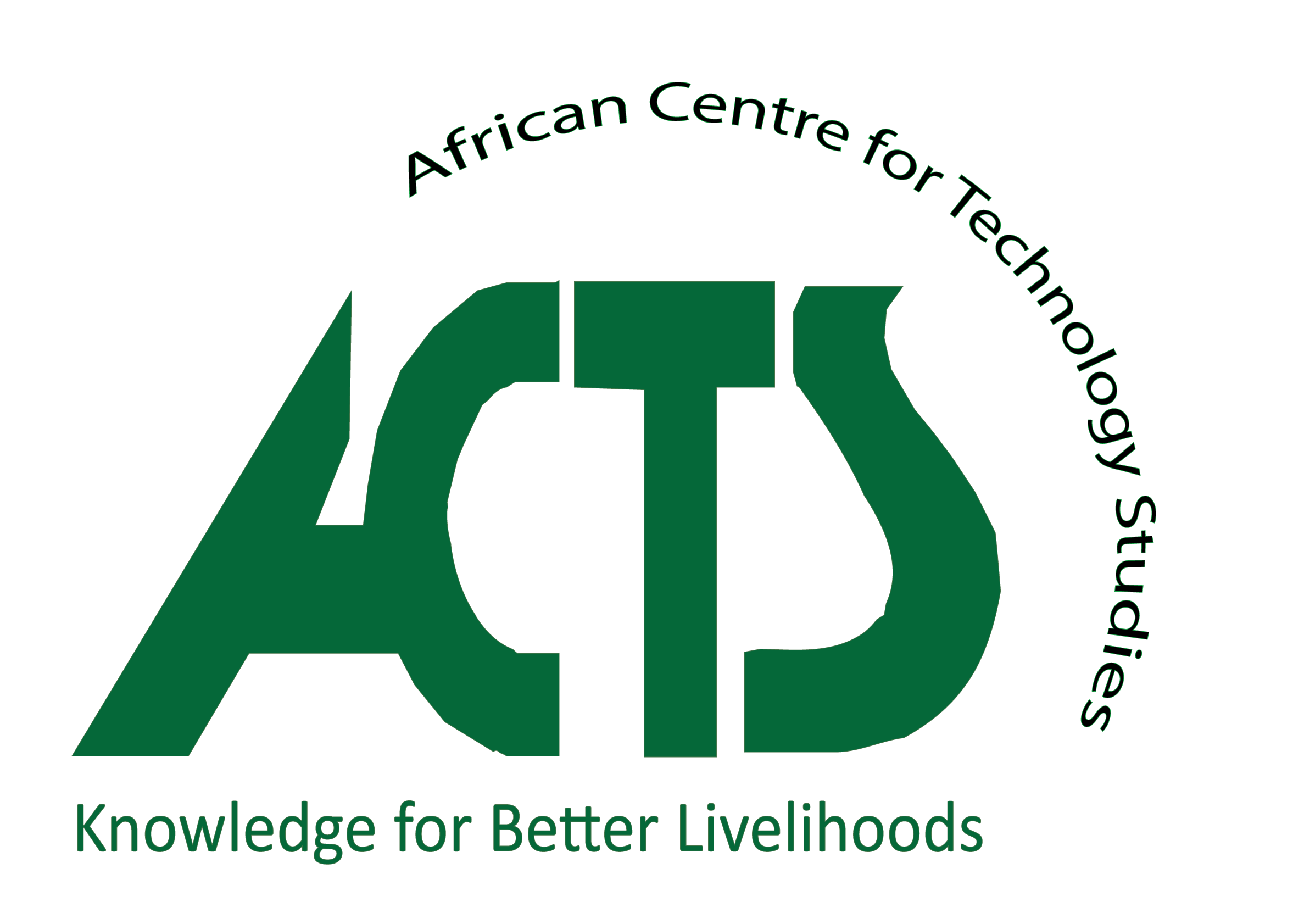By Mourine Cheruiyot, ACTS
Technology is evolving rapidly and it is influencing consumers' behaviors, their daily lifestyle, marketing, and business activities. User acceptance of technology is a critical key factor to determine its success.
I am involved in a project that is studying technology development to ensure it affects consumers’ lives in an inclusive manner but also uses innovative technology. Recently these came together when ACTS had a chance to use the Poimapper software (a mobile data collection application) to study consumer choices relating to energy efficient appliances in Kenya.
The experience of using this software proved both challenging and rewarding at the same time. It resulted in a number of ‘firsts’:
- The first time I, or any of my Kenyan colleagues, had used a tablet computer to conduct a survey
- The first time Poimapper had been used in Kenya to the best of our knowledge and;
- The first time a particular survey methodology called choice modeling had been used in asking consumers about their optimal product designs for energy efficient appliances in Kenya.
The survey was conducted in stages. First, we (my colleagues and I from ACTS) met with our counterparts at Gamos Limited (a research consultancy company based in the UK) and, together with seven selected enumerators, trained and piloted the survey software using tablet computers and the choice modeling survey itself in the Kenyan context. The pilot study involved surveys in markets in Nairobi and a nurses’ conference in Kisumu (the project is investigating energy efficient appliances in the healthcare and domestic sectors). Once the training and piloting was completed, the main surveying got underway. 780 domestic surveys were completed together with just over 400 health surveys. The surveys were conducted in Nairobi, Kisumu, Marsabit, Kirinyaga, Isiolo and Malindi between October 2015 and February 2016.
The survey was conducted using the poimapper software installed in tablet computers, which was used to present to the respondents a series of choice pairs in graphic form. Choice modeling was deemed the most appropriate approach as it attempts to use discrete choices (A over B; B over A, B & C) in order to infer positions of the items (A, B and C) on some relevant latent scale. At the end of each day the enumerator would upload the data collected to a central database, which was then visualized and analyzed by the Gamos Limited in the UK in real time.
In reviewing the survey activities for a report available on the project website, a number of challenges were identified. These included:
- Getting permits to do the survey in each location - this led to delays because the semi-autonomous devolved system currently in Kenya required getting separate authorization each time
- Time to conduct the survey - time taken with one respondent was often longer than expected as the respondents took time to understand the methodology (choice modeling) used for the survey and the technology (tablet dispensed survey);
- Incentives - When respondents knew that there was a small incentive given after the interview it then became the main interest to complete and be given the incentive. While this helped ensure respondents during busy market days; it might have led to bias in the survey. Thankfully the survey was designed with a control to check people were answering the questions in a sensible manner.
Furthermore, I have identified some of the lessons learnt in the report. Of particular note to me were:
- The importance of evening meetings - Evening meetings for the enumerators were helpful to share what was strange and help each other over challenges and seek clarifications making work livelier and easier
- Always having a ‘Plan B’ and make them early – The need to have an alternative strategy all the time just in case a tablet computer crashed or hung up. In addition, we found the surveys went more smoothly when we had made plans early enough to help the survey move along efficiently e.g getting permits in all counties right at the beginning. Furthermore, we found that the security situation in Kenya in one instance hindered our progress; this required that we found an alternative survey location quickly and we hadn’t thought about the need to have a back up option initially.
- Piloting and initial training - going through the questionnaire together as a group during training and being able to ask questions was helpful as many of the questions we raised during the training were the questions that respondents also raised when we went to the field. Having recognized them as potential questions; we had ready answers for respondents.


